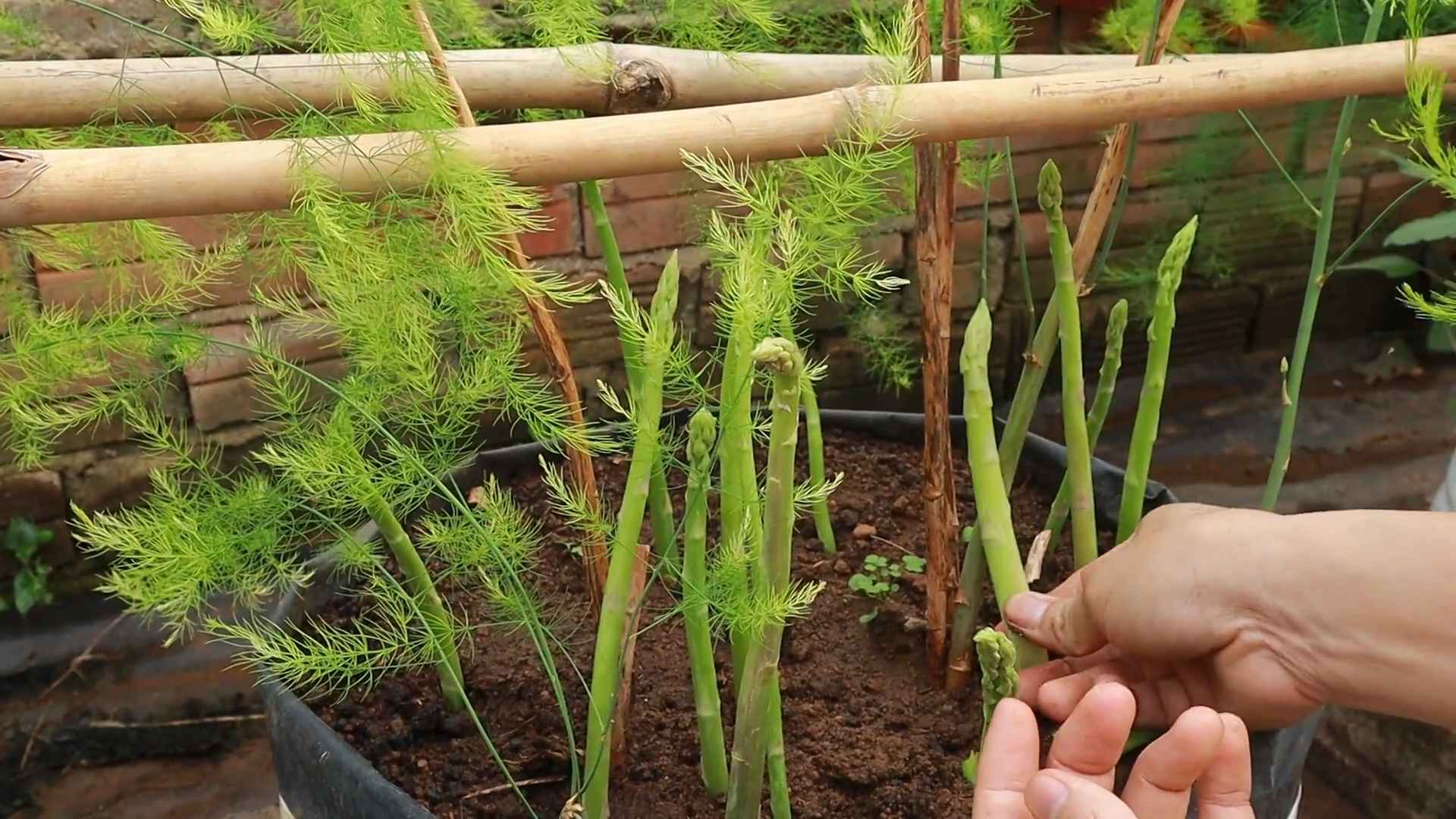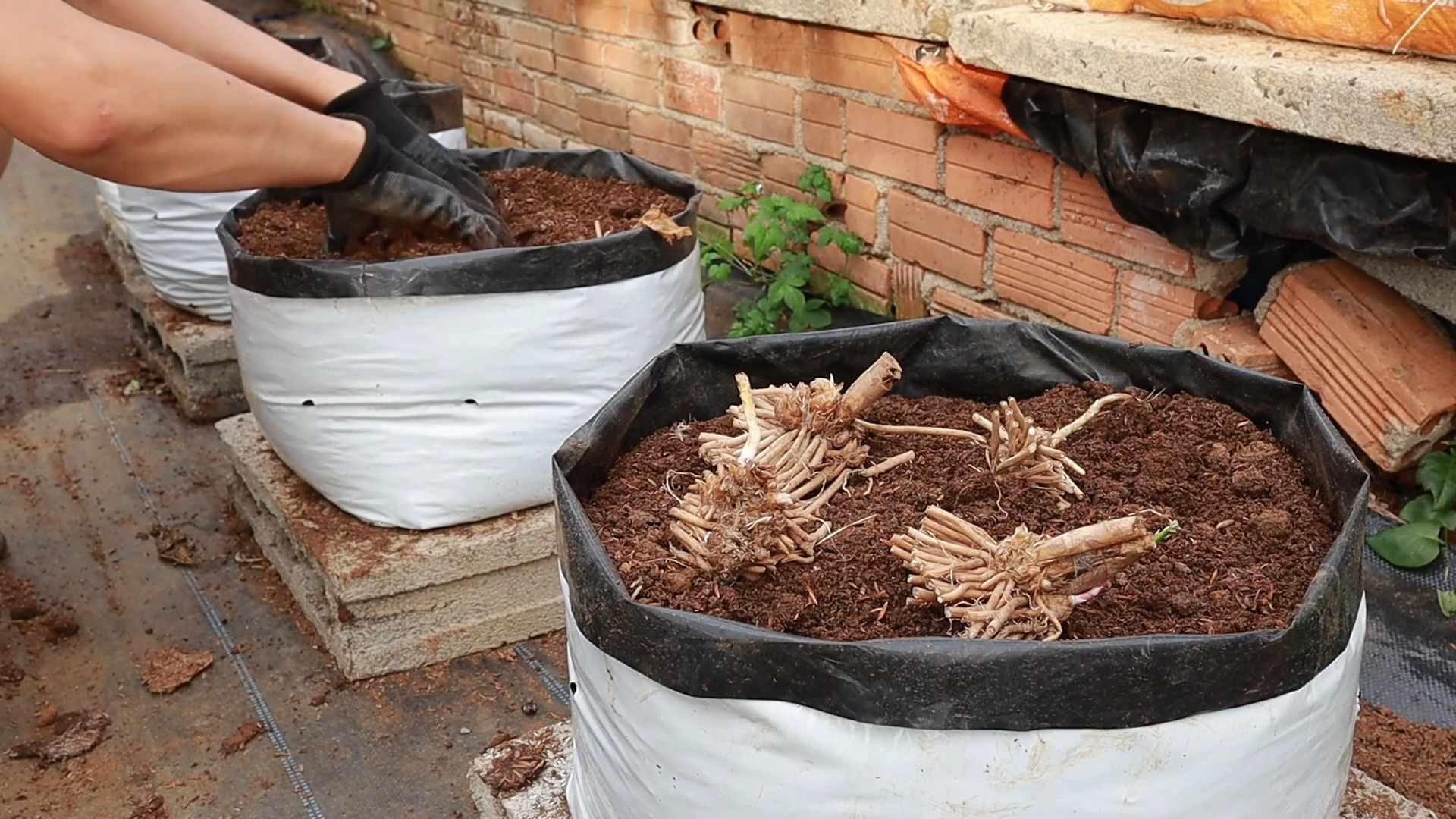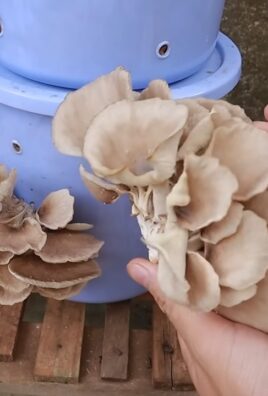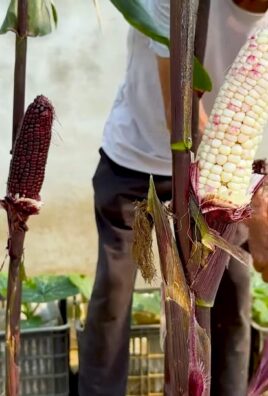Grow Asparagus Garden: Your Guide to a Bountiful Harvest
Growing your own asparagus? It sounds ambitious, right? But I’m here to tell you it’s easier than you think! This isn’t just about throwing some seeds in the ground; this Grow Asparagus Garden guide is your passport to a consistently delicious and rewarding harvest, year after year. Forget expensive grocery store prices and enjoy the freshest, most flavorful asparagus imaginable, straight from your own backyard.
Asparagus has a rich history, cultivated since ancient times by the Greeks and Romans who prized it for its delicate flavor and nutritional value. It’s a testament to the enduring appeal of homegrown produce, a connection to the land that’s both satisfying and deeply rewarding. And let’s be honest, there’s nothing quite like the pride of presenting a plate of asparagus you nurtured from tiny seed to succulent spear.
Why Grow Your Own Asparagus?
Beyond the delicious taste, growing your own asparagus offers several compelling advantages. Firstly, you control the quality, ensuring no pesticides or harmful chemicals are used. Secondly, a Grow Asparagus Garden provides a sustainable and cost-effective way to enjoy this nutritious vegetable. Once established, an asparagus patch can produce for decades, offering a long-term investment in fresh, healthy food. Finally, the process itself is incredibly satisfying; watching those delicate spears emerge from the earth is a true gardener’s delight. This guide will walk you through every step, from preparing the soil to harvesting your first delicious crop, making your Grow Asparagus Garden a reality.

Growing Your Own Asparagus Garden: A Step-by-Step Guide
Asparagus is a delicious and rewarding vegetable to grow, and it’s easier than you might think! This guide will walk you through the entire process, from preparing the soil to harvesting your first spears.
Phase 1: Planning and Preparation
- Choose the right location: Asparagus loves sunshine! Select a spot that receives at least six hours of direct sunlight per day. Good drainage is crucial – asparagus hates wet feet.
- Soil testing: Before you even think about planting, get your soil tested. This will tell you its pH level and nutrient content. Asparagus prefers slightly acidic to neutral soil (pH 6.5-7.5). Amend the soil with compost or other organic matter to improve drainage and fertility if needed. A soil test will guide you on the best amendments.
- Choosing your crowns: You’ll need asparagus crowns, which are essentially the roots. Choose high-quality crowns from a reputable nursery or garden center. Look for firm, plump crowns with plenty of healthy roots. Consider the variety – some are more resistant to disease than others.
- Prepare the planting bed: Asparagus needs a deep, well-prepared bed. Till the soil to a depth of at least 12 inches, removing any rocks or weeds. Incorporate plenty of compost or well-rotted manure to enrich the soil. A raised bed can be beneficial for drainage.
Phase 2: Planting Your Asparagus Crowns
- Dig the trenches: Dig trenches about 6 inches deep and 12-18 inches apart. The spacing depends on the variety of asparagus you’ve chosen; check the instructions on your crown packaging.
- Amend the trenches: Add a layer of compost or well-rotted manure to the bottom of each trench. This provides extra nutrients for the developing roots.
- Place the crowns: Carefully place the asparagus crowns in the trenches, spreading the roots evenly. Make sure the crown buds are facing upwards.
- Cover the crowns: Cover the crowns with a few inches of soil. Don’t bury them too deeply; the buds should be just barely covered.
- Water thoroughly: Give the newly planted crowns a good watering to settle the soil around them.
- Mulch: Apply a layer of mulch (such as straw or shredded leaves) over the soil to help retain moisture, suppress weeds, and regulate soil temperature.
Phase 3: Caring for Your Asparagus
- Weed regularly: Keep the area around your asparagus free of weeds, especially during the first year. Weeds compete with the asparagus for nutrients and water.
- Water consistently: Asparagus needs consistent moisture, especially during dry periods. Water deeply and regularly, aiming for about 1 inch of water per week. Adjust watering based on rainfall.
- Fertilize annually: In the spring, after the first year, fertilize your asparagus with a balanced fertilizer. Follow the instructions on the fertilizer packaging for the correct amount to use.
- Pest and disease control: Keep an eye out for pests and diseases. Common problems include asparagus beetles and rust. Use organic pest control methods whenever possible. Proper spacing and good air circulation can help prevent disease.
- Don’t harvest the first year: Resist the urge to harvest any spears during the first year. This allows the crowns to establish a strong root system.
- Harvesting: In the second year, you can begin harvesting. Harvest spears when they are about 6-8 inches tall and pencil-thick. Use a sharp knife or asparagus knife to cut the spears just below the soil surface. Harvest for about 6-8 weeks, then allow the plants to grow to build up energy for the next year.
Phase 4: Ongoing Maintenance
- Continue fertilizing and watering: Continue to fertilize and water your asparagus regularly throughout the growing season.
- Harvesting in subsequent years: In subsequent years, you can harvest for a longer period, typically 6-8 weeks. Always leave some spears to allow the plant to replenish its energy reserves.
- Dividing mature beds: After several years, your asparagus bed may become overcrowded. You can divide the bed by carefully digging up sections of the crowns and replanting them in new locations.
- Winter protection: In colder climates, you may need to provide some winter protection for your asparagus. A layer of mulch can help insulate the crowns and protect them from freezing temperatures.
- Observe and adapt: Pay close attention to your asparagus plants throughout the growing season. Observe their growth, note any signs of pests or diseases, and adjust your care accordingly. Each year will teach you more about what your specific plants need.
Important Note:
Asparagus is a perennial plant, meaning it will come back year after year. With proper care, your asparagus patch can provide you with delicious spears for many years to come. Be patient, and enjoy the fruits (or spears!) of your labor!

Conclusion
So there you have it! Your very own thriving asparagus garden, built from the ground up using our simple, yet effective DIY methods. This isn’t just about harvesting delicious spears; it’s about connecting with nature, enjoying the satisfaction of growing your own food, and experiencing the unique rewards of a long-term gardening project. Growing asparagus from seed is a rewarding journey that offers years of delicious harvests. The initial investment of time and effort pays off handsomely, providing you with a sustainable source of this flavorful vegetable for years to come. This DIY approach bypasses the often higher cost and limited selection of pre-grown plants, allowing you complete control over your asparagus patch from the very beginning. You’ll be amazed at the quality and flavor of homegrown asparagus, a taste far superior to anything you can find in the supermarket.
Beyond the basic method outlined, there are numerous ways to personalize your asparagus garden. Experiment with different varieties to find your favorites – some offer a more tender spear, while others boast a bolder flavor. Consider companion planting; herbs like chamomile and dill can help deter pests and improve soil health. If space is limited, explore vertical gardening techniques to maximize your yield. For those with particularly challenging soil conditions, amending the soil with compost or other organic matter before planting is crucial for optimal growth. Remember, patience is key. While you won’t harvest in the first year, the wait is well worth it for the bountiful harvests to come. The process of nurturing your asparagus plants from seed to mature plant is a deeply satisfying experience.
We strongly encourage you to embark on this rewarding gardening adventure. The satisfaction of harvesting your own homegrown asparagus is unparalleled. Share your experiences with us! Post pictures of your thriving asparagus patch on social media using #GrowAsparagusGarden and tag us – we’d love to see your progress and celebrate your success. Let’s build a community of passionate gardeners, sharing tips, tricks, and the joy of harvesting the fruits (or rather, spears!) of our labor. Don’t hesitate to reach out if you have any questions – we’re here to support you every step of the way. Remember, even the smallest garden can yield a significant amount of delicious, healthy asparagus. So, grab your seeds, prepare your soil, and get ready to experience the magic of growing your own asparagus!
Frequently Asked Questions
Q: How long does it take to harvest asparagus after planting the seeds?
A: Asparagus is a perennial plant, meaning it takes time to establish itself before producing a harvest. You won’t harvest any spears in the first year. In the second year, you’ll likely get a small harvest, and the third year onwards is when you’ll see a full and bountiful harvest. Patience is key!
Q: What type of soil is best for growing asparagus?
A: Asparagus thrives in well-drained, sandy loam soil that is rich in organic matter. Before planting, amend your soil with compost or other organic materials to improve its structure and fertility. Asparagus prefers a slightly acidic to neutral pH level (6.5-7.5).
Q: How much sunlight does asparagus need?
A: Asparagus needs at least 6-8 hours of direct sunlight per day to grow properly. Choose a sunny location in your garden for planting.
Q: How often should I water my asparagus plants?
A: Consistent watering is crucial, especially during the first year of growth. Water deeply and regularly, aiming for consistently moist soil, but avoid overwatering, which can lead to root rot. Reduce watering frequency once the plants are established.
Q: What are some common pests and diseases that affect asparagus?
A: Asparagus can be susceptible to various pests and diseases, including asparagus beetles, aphids, and rust. Regularly inspect your plants for signs of infestation or disease. Implementing preventative measures, such as companion planting and maintaining good soil health, can help minimize problems. If necessary, use organic pest control methods.
Q: Can I grow asparagus in containers?
A: While asparagus prefers to grow in the ground, you can grow it in large containers, provided they are at least 18 inches deep and wide to accommodate the extensive root system. Choose containers with drainage holes to prevent waterlogging.
Q: What should I do with my asparagus harvest?
A: Asparagus is best enjoyed fresh. You can eat it raw, steamed, roasted, grilled, or added to salads, omelets, and pasta dishes. To preserve your harvest, you can also freeze or can asparagus spears.
Q: How do I prepare the soil for planting asparagus seeds?
A: Prepare the soil by removing weeds, rocks, and other debris. Amend the soil with plenty of compost or other organic matter to improve drainage and fertility. Loosen the soil to a depth of at least 12 inches. Creating raised beds can also improve drainage and soil warmth.
Q: What is the best time of year to plant asparagus seeds?
A: The best time to plant asparagus seeds is in the spring, after the last frost. This allows the seeds to germinate and establish themselves before the onset of cold weather.
Q: How do I know when my asparagus is ready to harvest?
A: Asparagus spears are ready to harvest when they are about 6-8 inches tall and firm to the touch. Use a sharp knife or asparagus knife to cut the spears just below the soil surface. Avoid harvesting spears that are too thin or woody.





Leave a Comment